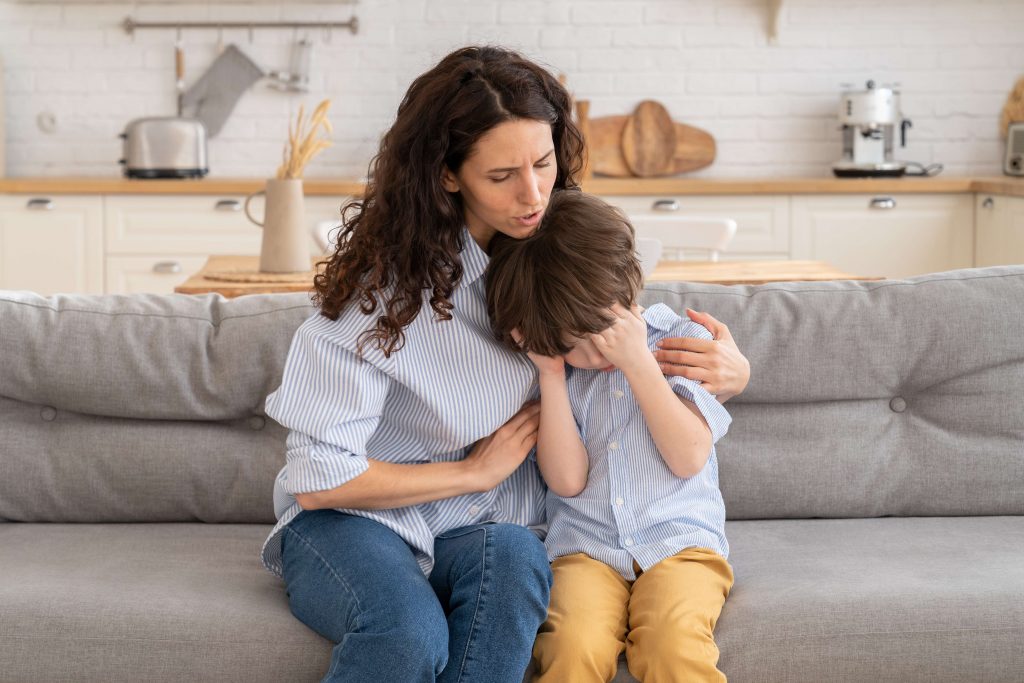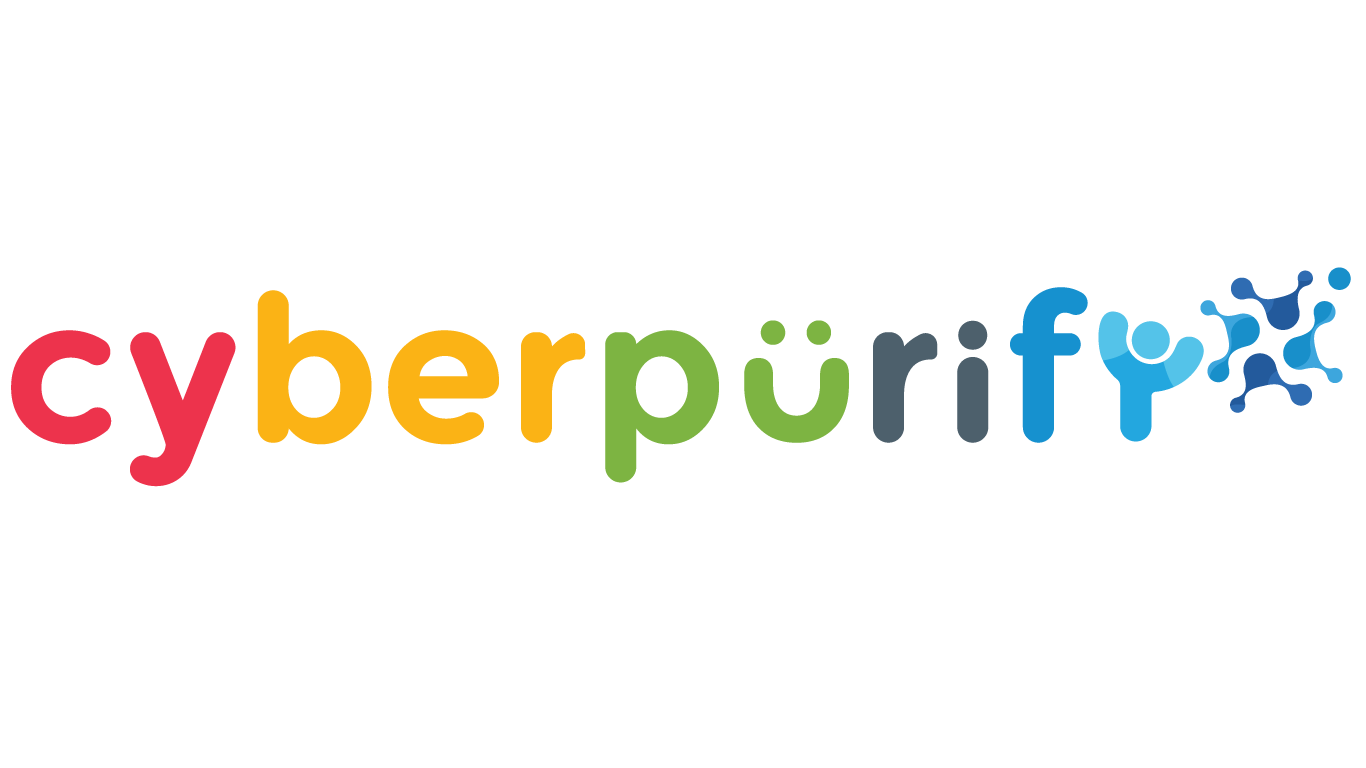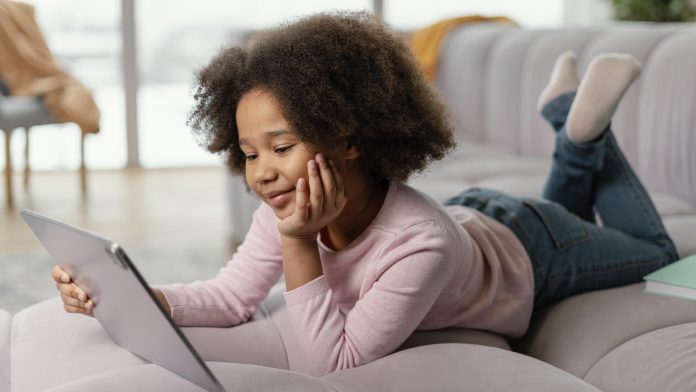Wellness is a continuous process of awareness and making positive choices towards a physically and mentally healthy life.
As parents, we always want our children to use the Internet for positive outcomes, so an important part of keeping children safe online when using the Internet is taking care of their online mental health.
The article below will help you better understand Digital Health (Wellness) – digital skills for children when using the Internet (Part 1). Don’t forget to subscribe to be constantly updated with future parts.
Wellness – MUST-KNOW digital skills for children
Balance not only in quantity but also in quality
Digital balance is not just limited to the amount of time your child spends on the Internet or social media, but it’s also important that you pay attention to the quality of time your child is spending online.
The following two questions will help you consider and take a closer look at the amount of time your child spends on the Internet:
- Is the use of the Internet, social networks making my children unable to fulfill their responsibilities, such as doing homework, helping parents with housework?
- Is Internet, social media use negatively affecting my child’s physical or mental health?
If the answer to either of these two questions is “Yes,” perhaps you should limit your child’s Internet time more tightly. You can take advantage of the free screen time built-in features available on your device.


If the answer to both questions is “No,” you should question the quality of time your child spends online. Helping children strengthen interpersonal relationships and explore the interests of the world around them is one of the key benefits of online learning.
You can also help your child by connecting their online activities with offline interests. For example, after watching a football clip, you and your child can together copy the movements you watched when you and your child kick the ball together.
Some suggested questions to start a conversation with your child about balancing when using the Internet:
- Do you ever feel like you spend too much time online? Why or why not?
- What are some offline (outdoor) activities that you wish you had more time to do?
- What are some online activities that you wish you had more time to do?
You are what you watch/share/post
Digital identity or online identity is the online version of who we are.
Children can have online identities that are the same or completely different from their real-life identities. Some kids change identities based on whom they’re interacting with. When using the Internet or social media, for example, your child may use one identity for friends and another for parents — that’s completely normal. Even us adults sometimes have several different online identities.
You may also find this helpful:
You can help your child develop a positive and strong online identity by jointly identifying core values that are important to your family. You should also ask your child about the values he or she develops in his thoughts or beliefs from his own experience. Talk to your child about how to consistently apply these values and stay true to yourself online.
Some suggested questions to start a conversation about your Digital Identity:
- Do you ever post something (image/status/video) online because you want people to see you a certain way?
- Do you have any friends who behave differently in real life than they do online? How do you feel about this?
- We understand that you may have more than one identity online. Do you feel comfortable when we see it all?


Make a plan for resilience
Resilience skills are an essential part of digital health.
Recovery skills help your child how to manage negative situations or emotions effectively. One of the ways to help your child build resilience skills is to proactively develop a plan to deal with unexpected situations they may encounter online.
One of the most common undesirable situations can be mentioned like when your child’s peers make negative comments about a photo you share on social media.
When you talk with your child about planning for resilience, you can help your child see how he or she feels in unexpected situations and help them intelligently come up with responses that don’t make the situation worse.


By building and practicing handling bad situations, you can even help your child feel more confident that they can handle any situation that arises online.
One of the most unwanted situations these days, especially during the Covid period, is unwanted contact online. Sexual attackers often disguise themselves as children or teenagers to get to know children, build trust with them by making promises, giving gifts, etc. then send materials containing pornographic content to stimulate children’s curiosity, enticing them to take their own sensitive photos/videos – which is called sexting.
That’s why you need to teach your child to recognize the signs of these sexual attackers.


Besides, create a friendly and sharing environment so that your child can confidently come to you whenever they feel uncomfortable when using the Internet and social networks.
Here are a few suggestions to start a conversation about resilience:
- We sometimes worry about what you might encounter online. Can we discuss some different situations and how you might respond?
- Do you feel comfortable talking to us about possible problems online?
- When you feel the emotions are overwhelming, it can be difficult not to react immediately. Can you take some steps to control your emotions before saying or doing anything?


Actively use technology to better protect children on the Internet
You should take advantage of available tools to set up parental controls on your child’s device to filter out harmful content, limit the use of the device, or some other features for children such as no in-app purchases. You may need some useful online safety tips for children:
- How to set up parental controls on Macbook
- How to block porn sites on Google Chrome
- How to block porn sites on Safari
- Set up parental controls for Microsoft Edge
- Set up parental controls for Youtube
However, with the spread of harmful content (especially porn) calculated by the second, by the minute, the available features of the devices and platforms are absolutely not enough.


Teaching children digital skills is important, but to better ensure your child’s online environment is safe and healthier, you should consider using an additional online content filtering tool – considered by many parents as one of the best free parental control software to hide 15 types of harmful content on the Internet, including:
- Pornography
- Horrifying content like gore, accidents, ghosts, violence, murder, terrorism, etc
- Content about stimulants, addictive substances such as alcohol, beer, marijuana, drugs, etc
- Content with aggressive elements, hurting others like Hate speech
This free porn blocker extension can help to minimize your child’s access to harmful content, ensuring a healthy online environment for your child but at the same time, not invading their privacy rights.
You may also find this helpful:















